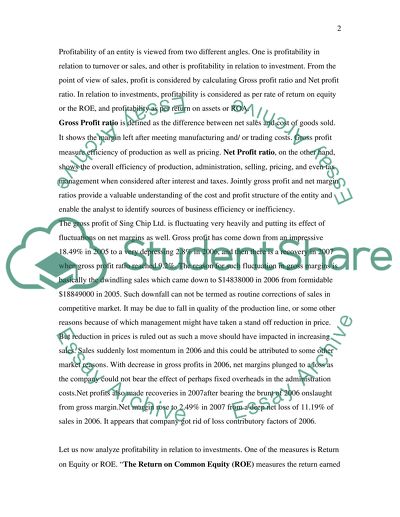Cite this document
(“Accounting, Decisions and Accountability Essay Example | Topics and Well Written Essays - 1500 words”, n.d.)
Accounting, Decisions and Accountability Essay Example | Topics and Well Written Essays - 1500 words. Retrieved from https://studentshare.org/miscellaneous/1545724-accounting-decisions-and-accountability
Accounting, Decisions and Accountability Essay Example | Topics and Well Written Essays - 1500 words. Retrieved from https://studentshare.org/miscellaneous/1545724-accounting-decisions-and-accountability
(Accounting, Decisions and Accountability Essay Example | Topics and Well Written Essays - 1500 Words)
Accounting, Decisions and Accountability Essay Example | Topics and Well Written Essays - 1500 Words. https://studentshare.org/miscellaneous/1545724-accounting-decisions-and-accountability.
Accounting, Decisions and Accountability Essay Example | Topics and Well Written Essays - 1500 Words. https://studentshare.org/miscellaneous/1545724-accounting-decisions-and-accountability.
“Accounting, Decisions and Accountability Essay Example | Topics and Well Written Essays - 1500 Words”, n.d. https://studentshare.org/miscellaneous/1545724-accounting-decisions-and-accountability.


